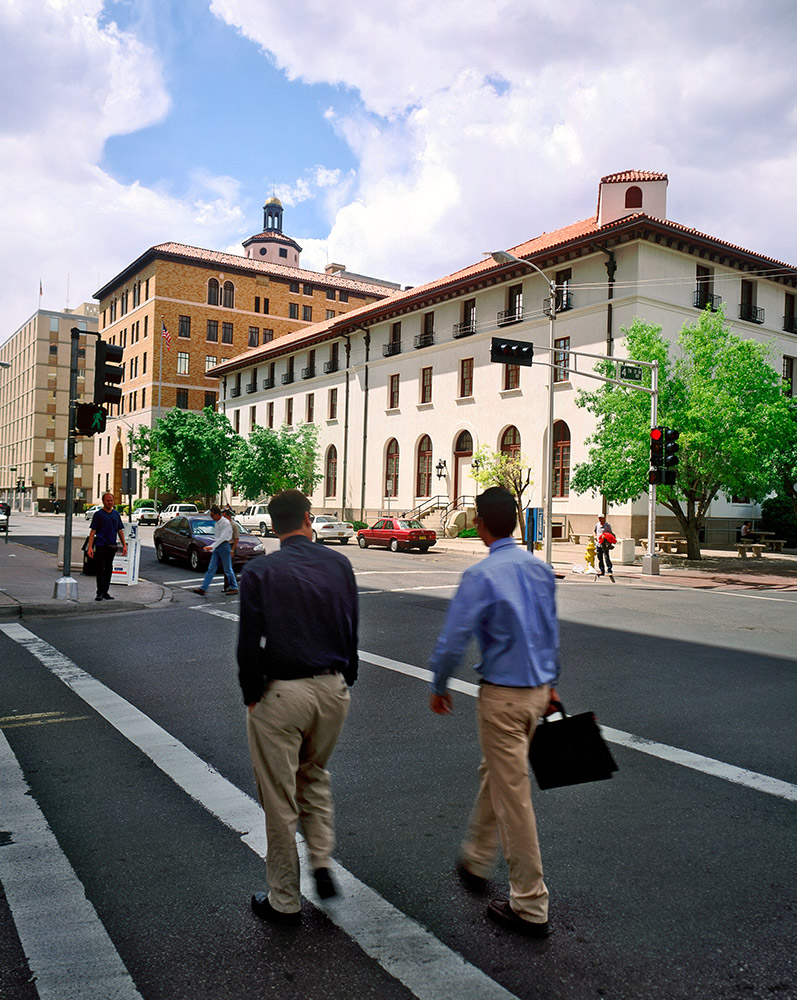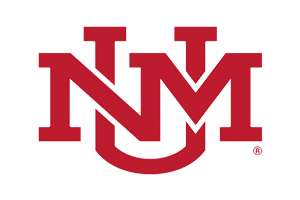Work
The Greater Albuquerque Chamber of Commerce works to promote the Albuquerque business community in a variety of ways, including advocacy and lobbying, training and leadership development, and education and volunteer opportunities.
The voice of the Albuquerque business community
12 Key Points
- Policy analysis and convening
- Lobbying decision makers
- Benchmarking and best practices
- Events with leaders and experts
- Strategic public communications
- New Mexico Drug Card
- News and info distribution
- Certificates of origin
- Business seminars and training
- ABQ Reads education program
- Leadership Albuquerque
- Networking and facilitation



One of the main goals of the Chamber is highlighting our city as one of the best places to live, work, and play in the Southwest – if not the entire country. That’s not just our opinion.

Travel+Leisure named Albuquerque one of the 50 Best Places to Travel in 2018.

Insider listed ABQ as one of The Hippest Cities in the US.

ABQ’s 95/100 Cost of Living Index is well below the national average, and good enough to rank #8 in affordability by Wallethub.
Local Economic Output ranked ABQ at #7 for economic opportunity in the U.S, thanks to a low 4.7% unemployment rate, 2.2% job growth, and 18,300 private sector jobs added year on year.
Albuquerque has even more benefits and positive features to offer job seekers, business owners, students, and visitors.
$2 billion spent annually in Albuquerque on tourism by 3 million visitors

Ranked #6 by MovieMaker Magazine for Best Places to Live & Work as a Moviemaker in 2018

With 28,000 acres of open space, and 400 miles of hiking, biking and walking trails, ABQ ranks #17 City In U.S. for parks by U.S. News

UNM School of Medicine ranked 20TH best for Primary Care by U.S. News and World Report

Presbyterian Hospital named one of the nation’s top 50 cardiovascular Hospitals by IBM Watson Health (Nov. 2017)t
More than 60,000 students enrolled in higher education in the ABQ Metro area
A speedy 23.5 MINUTES average commute time
$6.3 Billion State Budget with a projected surplus of $1.2 Billion
Ethnic diversity that translates to a rich cultural environment: 48% Hispanic/Latino, 38% White, Non-Hispanic, 11% Native American and Alaska Native, 2% Black or African American and 1% Asian






